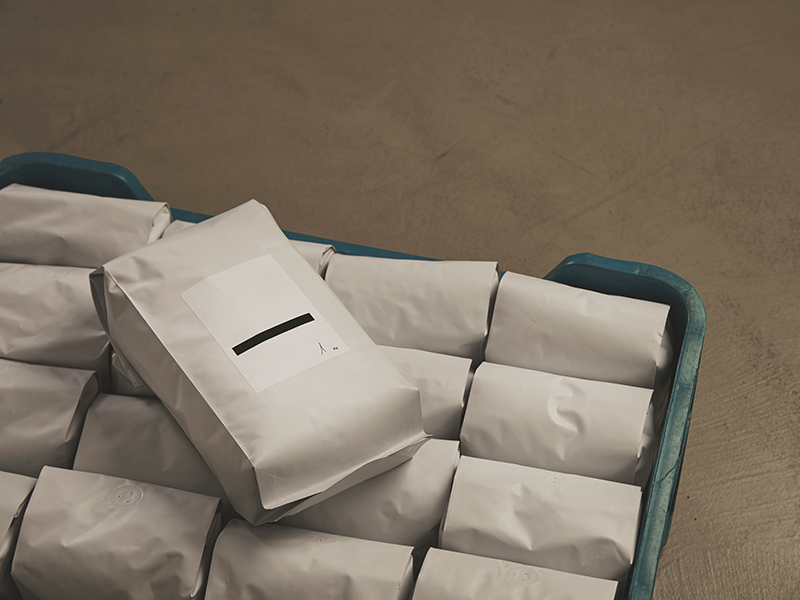Flexible plastic, paper, and foil packaging have a moderate growth outlook for the next five years, according to the latest research from Smithers.
Exclusive data modelling published today in the Smithers market report –
The Future of Global Flexible Packaging to 2028 – shows that in 2023, the segment will consume a total of 33.52 million metric tons of material, with a value of $291.2 billion. Plastics are the majority of this market, at 89.1% by weight in 2023.
Smithers expert market analysis forecasts future expansion at a +3.2% compound annual growth rate (CAGR) for 2023-28, pushing value to $341.6 billion, at constant prices. Pressure to substitute away from polymers in some developed markets will be more than countered by organic expansion in packaging demand in Asia, the Middle East & Africa, meaning volumes of plastic consumed will rise. Total volume of flexible plastic packaging material will increase from 29.88 million tons (2023) to 37.24 million tons (2028) over the Smithers forecast period.
Smithers analysis is based on a comprehensive market survey covering paper, foil, and eight polymers. It examines their use in all important formats – wraps, lidding films, flat pouches, stand-up pouches, forming webs, and bags. This includes a critical examination of the commercial outlook across 19 end-use sectors, six world regions, and 13 leading national markets.
In developed economies sustainability is at a premium in flexible packaging design, and will define the sector for the next five years. The market will witness more flexible paper-based formats in some high-profile consumer facing applications – but multiple technical challenges mean that plastic will remain the main material employed.
Brand owners and major retail chains in many countries are pushing for more environmentally friendly packaging, and governments have introduced bans on single-use plastic packs while promoting better recycling and reuse. This poses a direct challenge to existing flexible packaging designs, especially high-barrier laminate or multi-layer constructions, as these are among the most difficult to recover at end-of-life.
Smithers forecasts further development of mono-material flexible plastics and improvements to polymer barriers within these in response to this trend. This trend will also inspire investment in recovery and recycling infrastructure for these formats to integrate them into ‘circular economy’ models. In particular, there is greater potential for chemical (advanced) recycling technology to commercialize supply of post-consumer recycled (PCR) polyolefins for use in a new generation of flexibles.
Within the plastics market, the greatest increases in demand will be seen for biaxially orientated polypropylene (BOPP), polyethylene (PE), and ethylene vinyl alcohol (EVOH). In contrast, demand for regenerated cellulose fiber (RCF) and polyvinyl chloride (PVC) films will track well below the market mean across 2023-2028.
The applications that are set to see the fastest growth in consumption of flexible packaging are frozen foods; chilled food; meat, fish & poultry; pharmaceuticals; savory snacks; and ready meals.
The Future of Global Flexible Packaging to 2028 is available to purchase now. It combines penetrating market analysis with comprehensive historic, current, and forecast market data (by value and volume). Presented in over 160 data tables and figures, it segments market demand and consumption by:
- Packaging material type – Biaxially oriented polypropylene (BOPP); Cast polypropylene (CPP); Biaxially oriented polyester (BOPET); Biaxially oriented polyamide (BOPA); Polyethylene (PE); Polyvinyl chloride (PVC); Regenerated cellulose fiber (RCF); Foil/metal; Paper.
- End-use application – Fruit & vegetables; Meat, fish & poultry; Frozen food; Chilled food; Ready meals; Dried food; Savory snacks; Confectionery; Baked goods; Cheese/dairy; Tea/coffee; Other (human) food, Beverages; Pet food; Cosmetics and toiletries; Pharmaceuticals and medical; Tobacco; Other non-food.
- Geographic/regional market – Western Europe, France, Germany, Italy, Spain, UK, Other Western Europe; Eastern Europe, Poland, Russia, Other Eastern Europe; North America, US, Other North America; South & Central America, Brazil, Other South & Central America; Asia-Pacific, China, India, Japan, Other Asia-Pacific; Middle East & Africa, Turkey, Other middle East and Africa.
